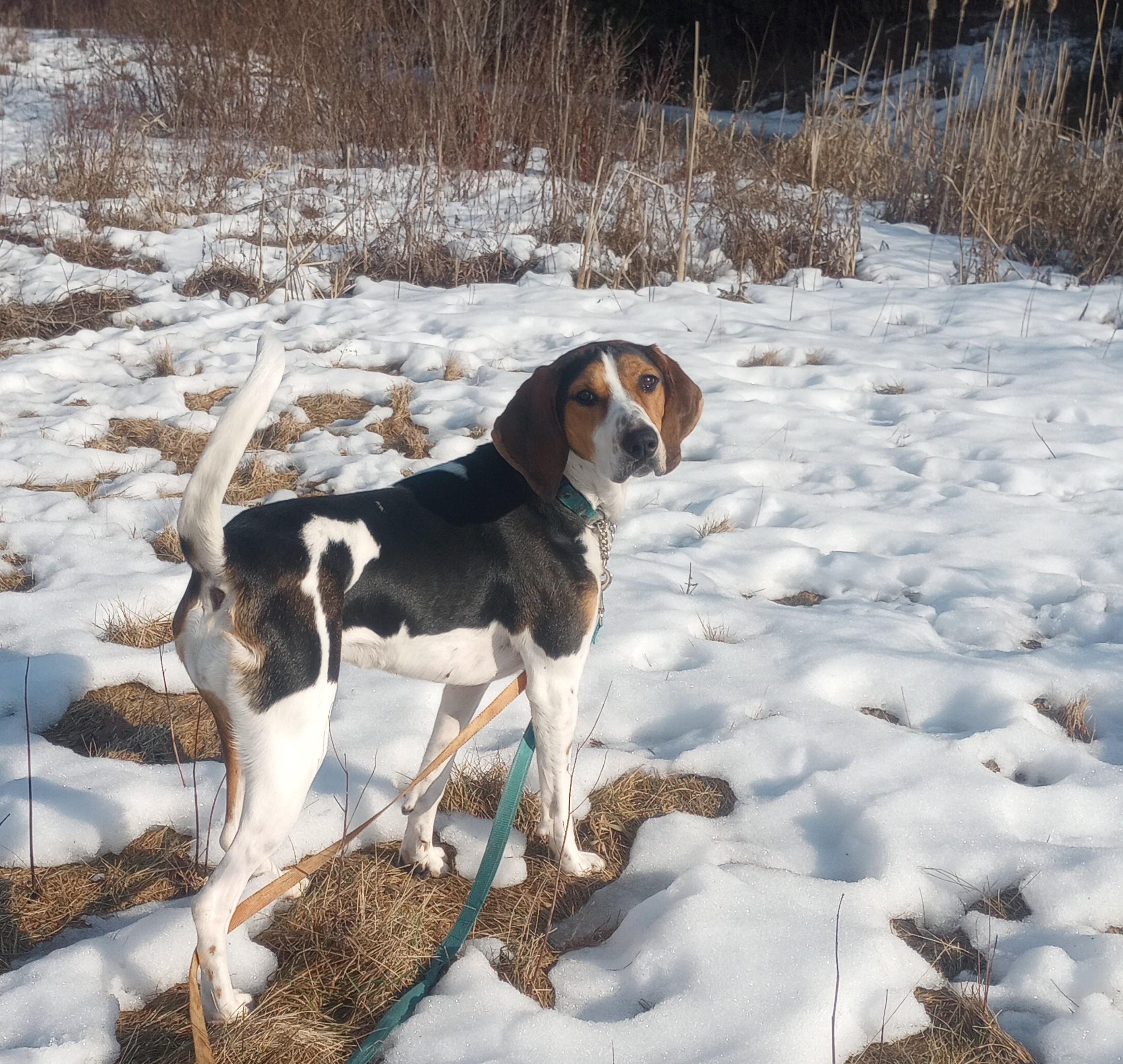Identifying hypothermia
by Ontario SPCA and Humane Society | General Pet Care | February 10, 2025

A lot of pets enjoy being outside! They thrive on fresh air and exercise. But in the frigid temperatures that come with the winter season, there are big dangers, such as hypothermia. Learn more about how to prevent hypothermia and how to recognize the signs.
Prevention
Prevention is essential. While some animals may have a thick coat, wind and extreme temperatures can still affect their ability to stay warm. If it’s windy enough to lift the fur, cold gets direct access to vulnerable skin. This is why listening to the “windchill” reports is crucial. The combination of the temperature and the wind is critical.
If your animal spends extended periods of time outside, they will need to have ready and accessible access to a proper shelter so they can get out of the wind when they need to.
What do to if you suspect hypothermia
If you suspect hypothermia or have any questions or concerns, please contact your veterinarian right away. Hypothermia is a very serious drop in body temperature. All furry friends are at risk, but younger and older animals, animals with short or matted hair, as well as animals with underlying medical issues may be especially vulnerable.
Mild signs of hypothermia include shivering. Your animal may also hunch up their body. If you notice these signs, you should feel extremities like feet, ears and tail to see how cold they are. These areas are especially susceptible to frostbite and may appear very pale and be painful to touch. Frostbite can develop over several days, so it is important to monitor very carefully after prolonged exposure to the cold.
Move your furry friend into a warm environment, and warm up a bath towel in the dryer to bundle up your furry friend. As hypothermia progresses, furry friends may stop shivering and may become more lethargic and confused. They may also have pale gums and develop stiff muscles resulting in difficulty walking.
Caution is also needed when warming up areas of frostbite. These areas need to be warmed up gently and slowly. Your veterinarian will help to provide specific instructions tailored to your furry friend’s needs.
Be proactive and keep your furry family members warm and safe this winter season.
If this information was helpful, please help us continue to educate about pet health and well-being by making a donation. As a registered charity that does not receive annual government funding, the Ontario SPCA and Humane Society depends on the generosity of donors to change the lives of animals in need.
Categories
Testimonial
Wish to thank everyone involved
I wish to thank everyone involved in the care and rescue of animals, especially volunteers.
